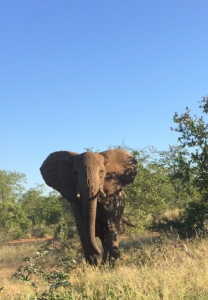 My time is almost over in South Africa and I will definitely miss attending school at St Stithians College in Johannesburg. You’d be surprised how much this school differs from LCC. First things first, the school campus is at least ten times the size of LCC’s. I have to be honest and say that it is a bit overwhelming to be here as a new student. Without my exchange student’s help, I would never find my way to our next class.
My time is almost over in South Africa and I will definitely miss attending school at St Stithians College in Johannesburg. You’d be surprised how much this school differs from LCC. First things first, the school campus is at least ten times the size of LCC’s. I have to be honest and say that it is a bit overwhelming to be here as a new student. Without my exchange student’s help, I would never find my way to our next class.
Not only is this school impressively big, but it is also one of the best cricket and tennis schools in Africa. I feel so fortunate to have the opportunity to be attending this fascinating school. In addition, the school is completely outdoors, meaning that when you step out of any class, it leads you outside. Therefore, having rain isn’t ideal.
Lastly, at St Stithians, electronic devices aren’t often used in classes. In the vast majority of classes, everybody takes handwritten notes and all work is also written by hand. At LCC, we have our work online most of the time.
Despite their differences, there are some parts of Saints and LCC that are similar. Everybody has their own desk and there are generally six periods in a day (which is one more than us). There is an option of bringing your own lunch or eating at school. Everything else is pretty much the same.
The first three weeks I was in South Africa were the school holidays. During my holidays, my exchange family brought me to a nature reserve called Ingwelala. That was, without a doubt, an unforgettable experience. We slept in huts with thatched roofs in the middle of the bush. The bush is the home to lions, elephants, leopards, buffaloes, hyenas, bucks, snakes, rhinos, hippos, giraffes, zebras, monkeys, baboons, warthogs and many more. This means that we were living in their home and had to accept that there was a chance that any sort of animal might come near us. For a Canadian who has only ever seen wild bunnies, this was an exhilarating experience.
The big five of South Africa were considered to be the five most dangerous animals to hunt (today, with wildlife preservation efforts, the expression refers to observing these animals). They are the lion, the elephant, the rhino, the leopard and the buffalo. It is considered fortuitous to see any of them. During my stay, I had the chance to see lions, elephants, buffaloes and a rhino. This is four of the big five!
A story I must tell is when a spotted hyena came to our porch when we were eating dinner. That’s right, this 120-pound, five-foot (in length) deadly animal came within three feet of me when I was eating a delicious steak. Note that hyenas have the tenth strongest bite in the world. This means that they can bite through a brick wall. When we saw the hyena come on our porch, nobody moved or said a word. On the outside, I seemed as immobile as a statue, but on the inside, I was completely freaking out. The worst part is that the hyena went behind me, therefore out of my line of vision. At that point, I had no clue where it was or what it was doing. Luckily, it left peacefully and nothing bad happened. Looking back at this, I appreciate the fact that I was able to be part of an exciting, wildlife experience.
All in all, South Africa has been very enriching in the sense that there are very different lifestyles around the world. I am very grateful for this opportunity and I will definitely cherish these last few days in this exotic country. – Max Kaspy ’20 Exchange Student at St Stithians College

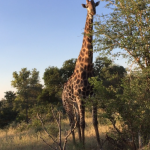
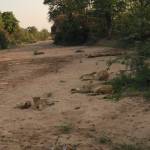
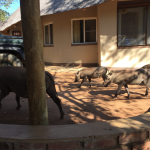
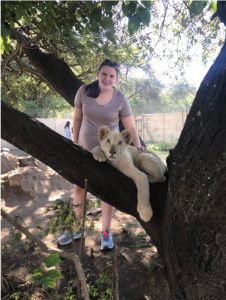 I can’t believe that it has already been two weeks since I arrived in South Africa to begin my student exchange at St. Stithians College. The school campus is beautiful. It consists of girls’ and boys’ preparatory schools, as well as two colleges, sports facilities, fields and housing for teachers. It was a big change for me to go from a co-ed school to an all-girls’ school. Another dramatic difference is the campus itself. The actual classrooms are closed in with walls and a roof; however, as soon as you step out of the classroom door you find yourself outside. With the exception of the classrooms, the entire campus is exterior.
I can’t believe that it has already been two weeks since I arrived in South Africa to begin my student exchange at St. Stithians College. The school campus is beautiful. It consists of girls’ and boys’ preparatory schools, as well as two colleges, sports facilities, fields and housing for teachers. It was a big change for me to go from a co-ed school to an all-girls’ school. Another dramatic difference is the campus itself. The actual classrooms are closed in with walls and a roof; however, as soon as you step out of the classroom door you find yourself outside. With the exception of the classrooms, the entire campus is exterior.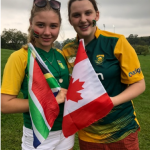
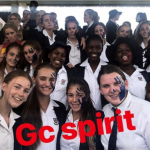
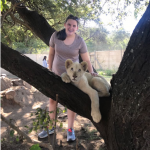
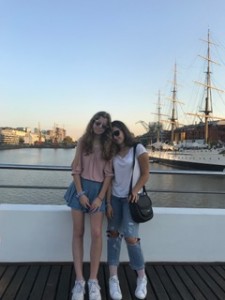 This past month, I have had the chance to attend school and live with a family in Argentina. It has been an incredible experience, full of new and wonderful things to learn each day.
This past month, I have had the chance to attend school and live with a family in Argentina. It has been an incredible experience, full of new and wonderful things to learn each day.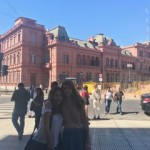
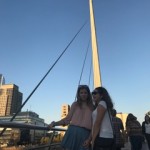
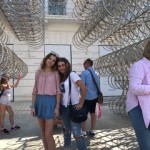
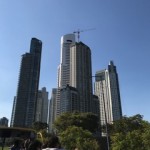
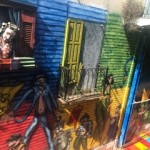
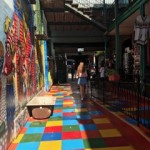
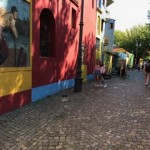
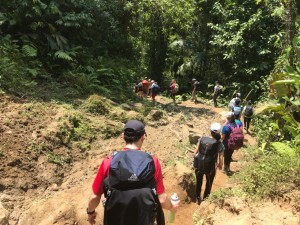 On March 5, 2018, I, along with 31 other students, left Bogotá in search of the Ciudad Perdida. We embarked on a journey that would eventually put our physical and psychological limitations to the test, and allow us to look at ourselves and others in a different light.
On March 5, 2018, I, along with 31 other students, left Bogotá in search of the Ciudad Perdida. We embarked on a journey that would eventually put our physical and psychological limitations to the test, and allow us to look at ourselves and others in a different light.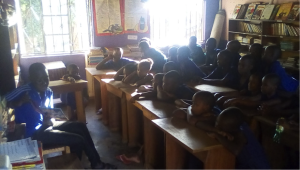 This past summer, I went to Uganda, a country in Africa that is about a 20-hour flight from Canada. While there, I volunteered at my grandmother’s school – Namutebi Nkata Nursery and Primary School – as part of my Duke of Edinburgh service hours.
This past summer, I went to Uganda, a country in Africa that is about a 20-hour flight from Canada. While there, I volunteered at my grandmother’s school – Namutebi Nkata Nursery and Primary School – as part of my Duke of Edinburgh service hours.